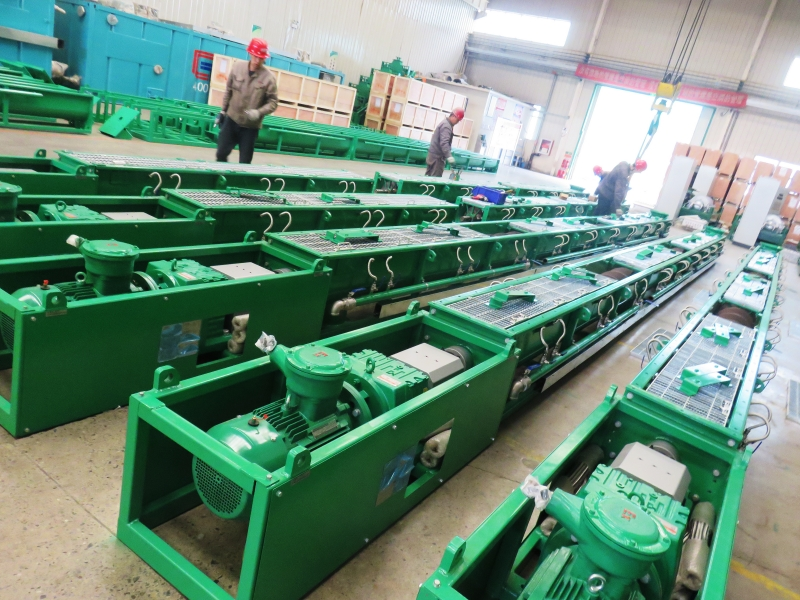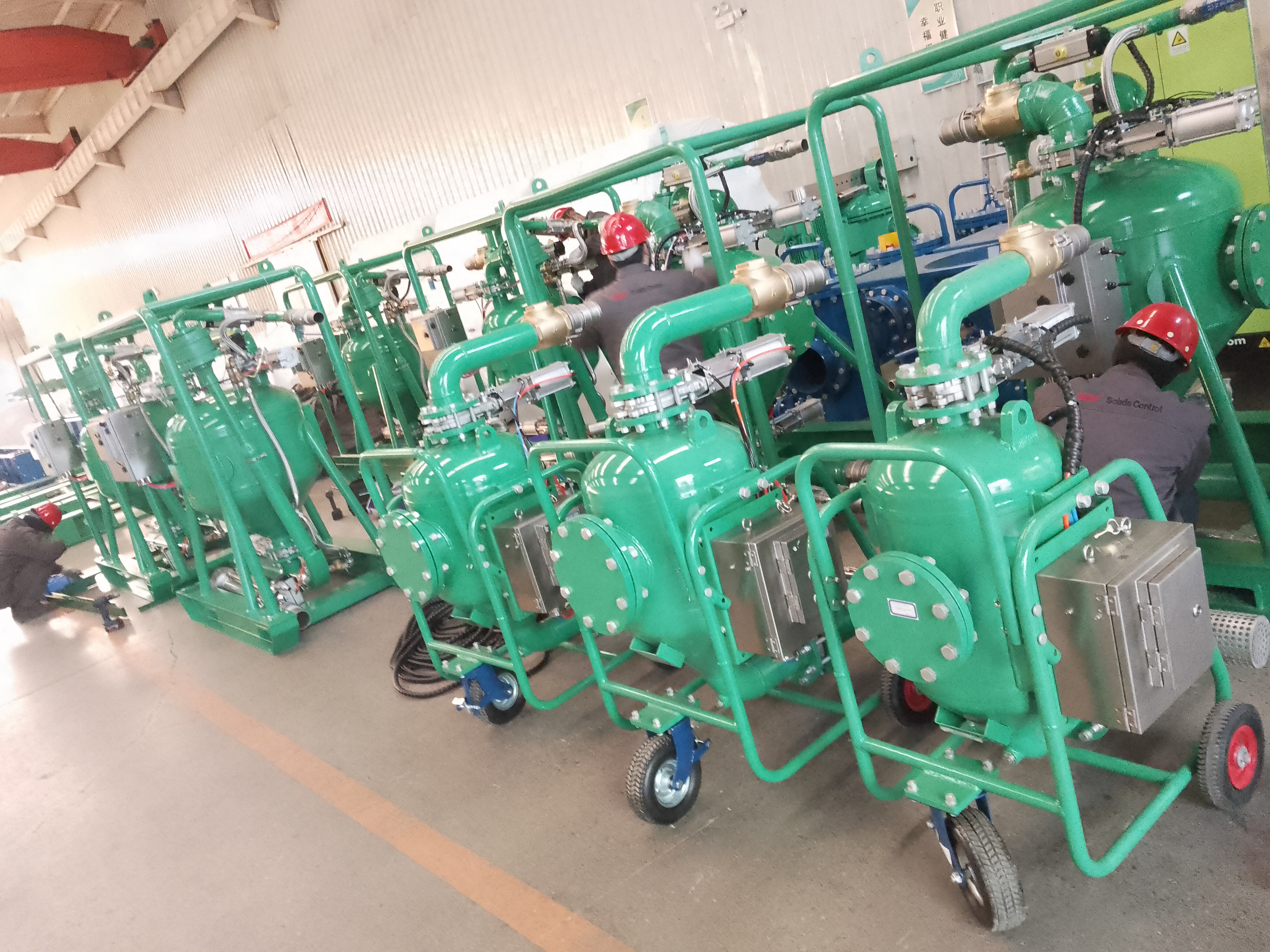

GN Solids Control is a company specializing in the manufacturing and provision of equipment and solutions for solids control, drilling waste management, and mud recycling systems. These systems are critical for various industries, including oil and gas drilling, civil construction, mining, and environmental protection. Here is an overview of GN Solids Control and its offerings:
In the oil and gas industry, screw conveyors, also known as auger conveyors, play a vital role in the handling and transportation of drilling waste and solids. These systems are used to efficiently move various types of materials, including cuttings and slurries, from drilling operations to treatment or disposal areas. Here are some key points about the use of screw conveyors in the oil and gas industry:
1. Functionality and Design
- Functionality: Screw conveyors are used to transport drilling cuttings and waste generated during the drilling process. They are capable of moving both dry and wet materials over relatively short distances, making them ideal for confined spaces on drilling rigs.
- Design: The design typically includes a helical screw (auger) that rotates within a tube or trough. The rotation of the screw pushes the material along the conveyor. The size, pitch, and material of the screw are selected based on the nature of the material to be conveyed and the required throughput.
2. Applications in Oil & Gas
- Drilling Waste Management: Screw conveyors are integral in the conveyance of drilling cuttings from the shale shaker to the waste pit or to further processing equipment like cuttings dryers and centrifuges.
- Mud Transfer: They are used to transfer drilling mud from one location to another, ensuring that the drilling process remains uninterrupted.
- Bulk Handling: They are employed in the movement of bulk materials such as barite, bentonite, and other drilling fluids and chemicals.
3. Advantages
- Efficiency: Screw conveyors provide a continuous and controlled flow of material, which is crucial for maintaining the efficiency of drilling operations.
- Compact Design: Their relatively compact design allows them to be used in space-constrained environments like offshore drilling rigs.
- Versatility: They can handle a wide range of materials, from fine powders to large aggregates, and can be designed to handle abrasive and corrosive substances.
4. Challenges
- Wear and Tear: The abrasive nature of drilling cuttings can lead to significant wear on the screw and the trough. Regular maintenance and the use of wear-resistant materials are essential.
- Blockages: Wet and sticky materials can sometimes cause blockages within the conveyor, requiring regular inspection and cleaning.
- Energy Consumption: Depending on the length and load of the conveyor, energy consumption can be a factor, though this is typically manageable with proper design.
5. Safety and Maintenance
- Safety: Proper guarding and safety mechanisms are necessary to prevent accidents during operation. Emergency stop buttons and protective covers are standard safety features.
- Maintenance: Regular inspection, lubrication, and replacement of worn parts are critical for ensuring the longevity and reliable operation of screw conveyors. Scheduled maintenance helps in minimizing downtime and operational disruptions.
6. Innovations and Enhancements
- Automation: Integration with automated systems for monitoring and controlling the operation of screw conveyors is becoming more common, improving efficiency and reducing the need for manual intervention.
- Material Improvements: Advances in materials science have led to the development of more durable and wear-resistant materials for screws and troughs, extending the operational life of these conveyors.
For our equipment brochure or more info, please visit our unique official website: www.gnsolidscontrol.com
MichaelSong
Sales manager
whatsapp:+8617801799913